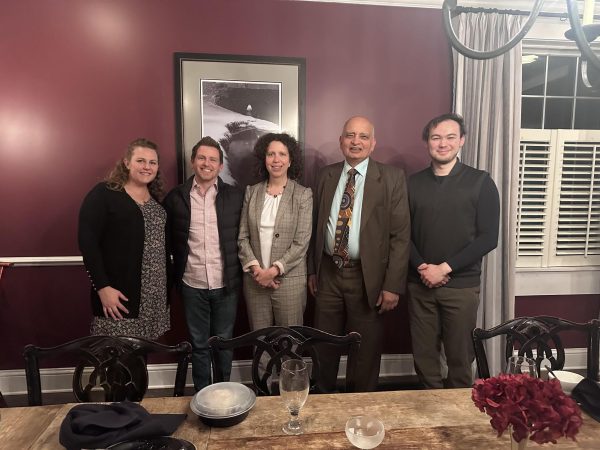A Different Kind of Poverty
When Barack Obama became President of the United States, many of the people in Washington D.C. were very excited. Bureaucrats knew they would have a fair amount of job security when Obama stuck to his big government plans. Politicians were thrilled at the prospect that Obama’s trendiness might finally allow DC to shed its nickname, “Hollywood for ugly people.” However, those who saw the most potential in Obama were the urban poor of Washington DC who hoped Obama could help solve local DC issues as well as the problems of our nation and world. While Governor Sarah Palin mocked Obama for being a “community organizer,” the citizens of big cities around America hoped Obama could bring his experience to solve their problems. However, as the economic crisis worsens, it is important to recognize that the poorest people in this country do not reside in the slums of big cities, but in the forgotten small towns of America in regions such as Central Appalachia.
Growing up in the suburbs of Baltimore, the kind of poverty I heard about on the news, learned about in school and participated in community service to try to help was urban poverty. But as I watched Diane Sawyer’s report on the living conditions of Central Appalachia, it was different from anything I have ever seen. This region has three times the national poverty rate and the shortest lifespan in the nation. One of the most striking segments of the report was when an Indian doctor working in Central Appalachia said that the poverty he witnessed here in America was worse than in India.
At first, it may seem like this kind of poverty can be eradicated with the same policies and legislation used in major cities After all, Central Appalachia struggles with drug abuse (rates of prescription drug abuse are higher there than in many major cities), unemployment and a lack of education, which are the same problems that face urban areas. However, the opportunities that exist in major cities have simply left Central Appalachia. In cities, policymakers struggle with how to improve the school systems. In the mountain towns of Kentucky, families without cars simply have no way to get their children to school. One woman featured in Diane Sawyer’s report had to walk eight miles each way to get her GED. In major cities, struggling students can at least work toward the goal of working for the corporations, universities, hospitals and other large institutions that are only a walking distance away. However, many of the towns of Central Appalachia have no infrastructure or businesses when factories close or jobs are lost to outsourcing. Without cars or major roads, citizens are left with little job opportunities. As one man in the report pointed out, “Would you have worked hard in school if you knew your only option would be to work at Burger King?” I don’t believe that urban poverty is somehow better or easier than rural poverty, but I believe it presents separate challenges that our politicians often neglect.
Forty years ago, Robert Kennedy visited Central Appalachia and demanded that Americans do something to help these people. In response, the government was able to build highways to connect isolated areas to bustling towns, create more schools and buses to transport children, and deliver much needed economic aid. Yet today there is still much work to be done, but I’m reluctant to believe President Obama will be the one to continue Robert Kennedy’s work. Obama is unique in the fact that he has spent the vast majority of his life growing up in cities; it may be hard for him to understand rural poverty and its distinct problems. Also, as many Americans in the middle class are struggling with the current economic crisis, this large population will (and should) become the nation’s priority. However, our government has spent billions of dollars bailing out the small population of those who live above the middle class; perhaps it could take some time to bail the ever-growing population who live below it.






